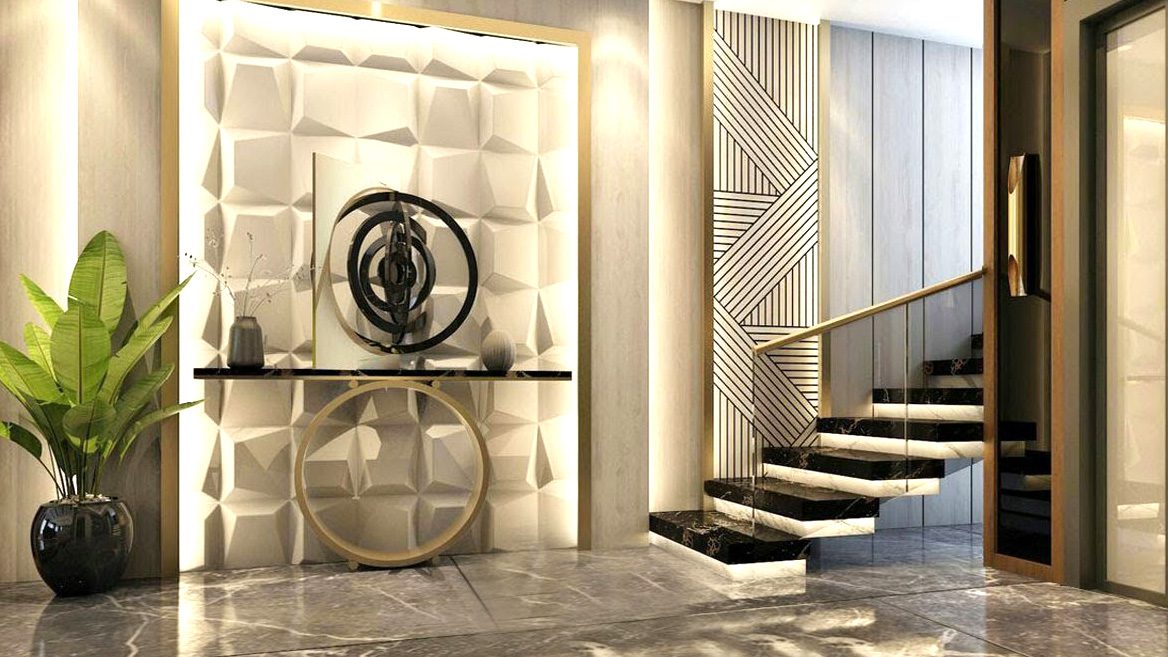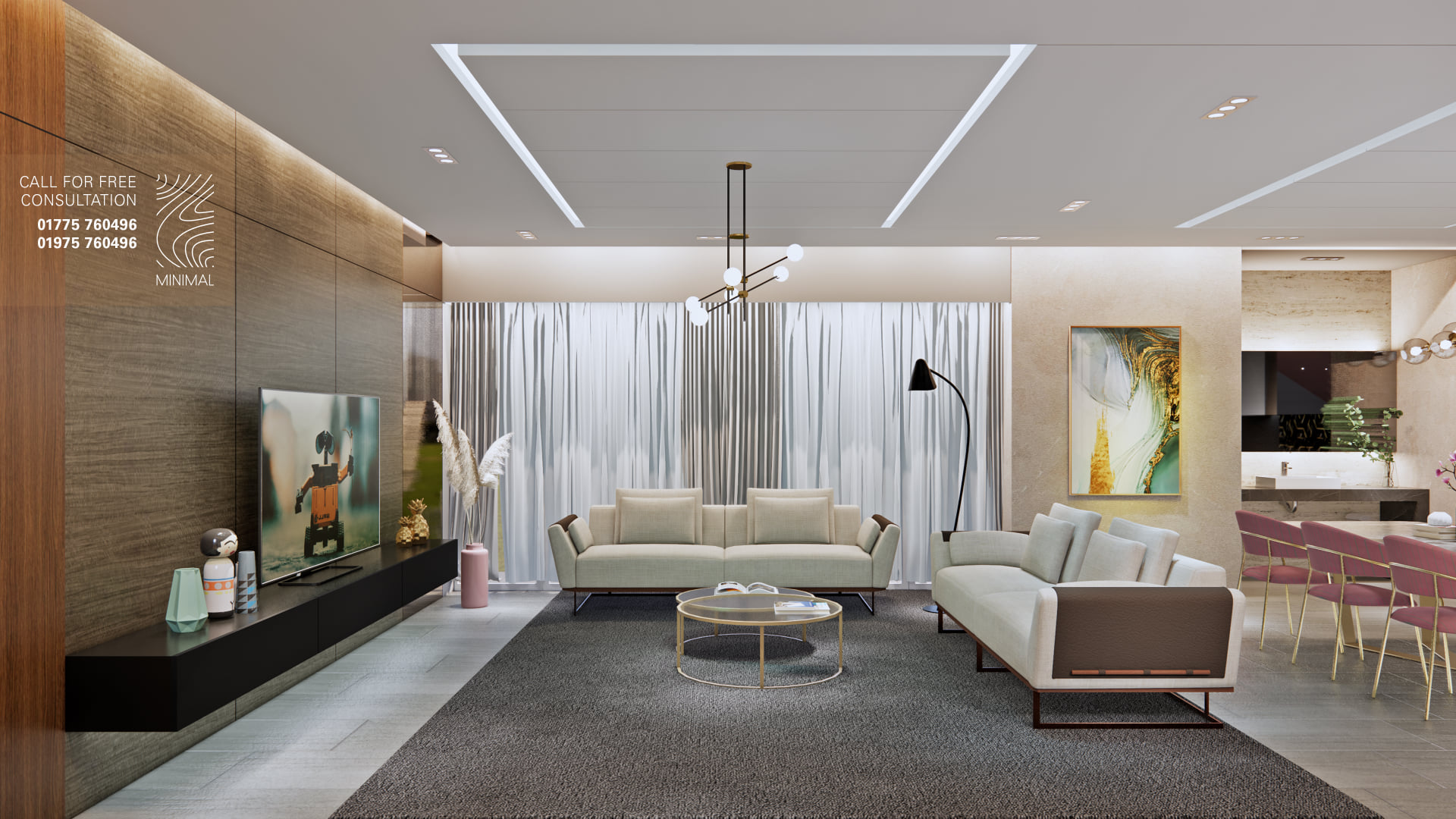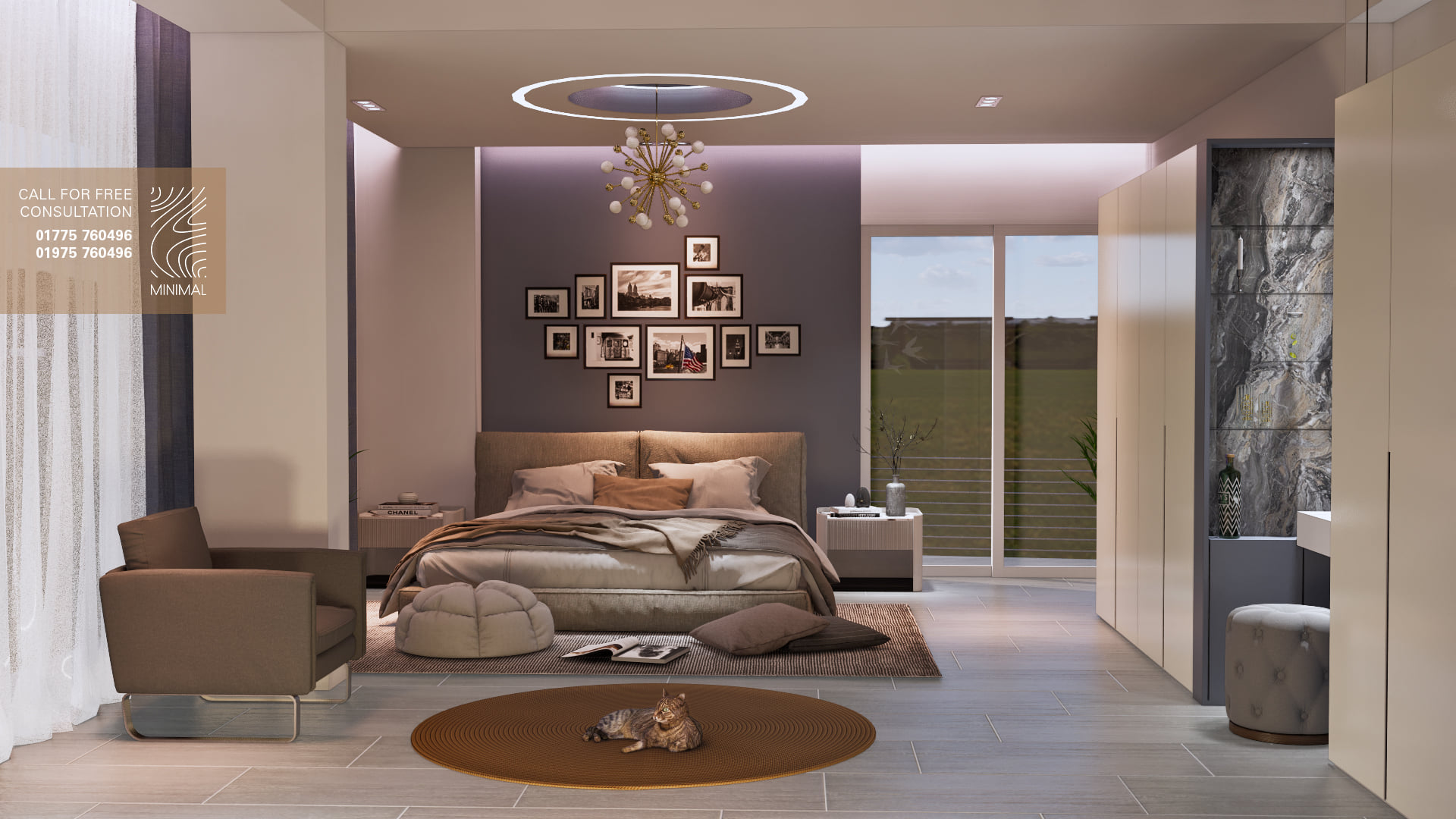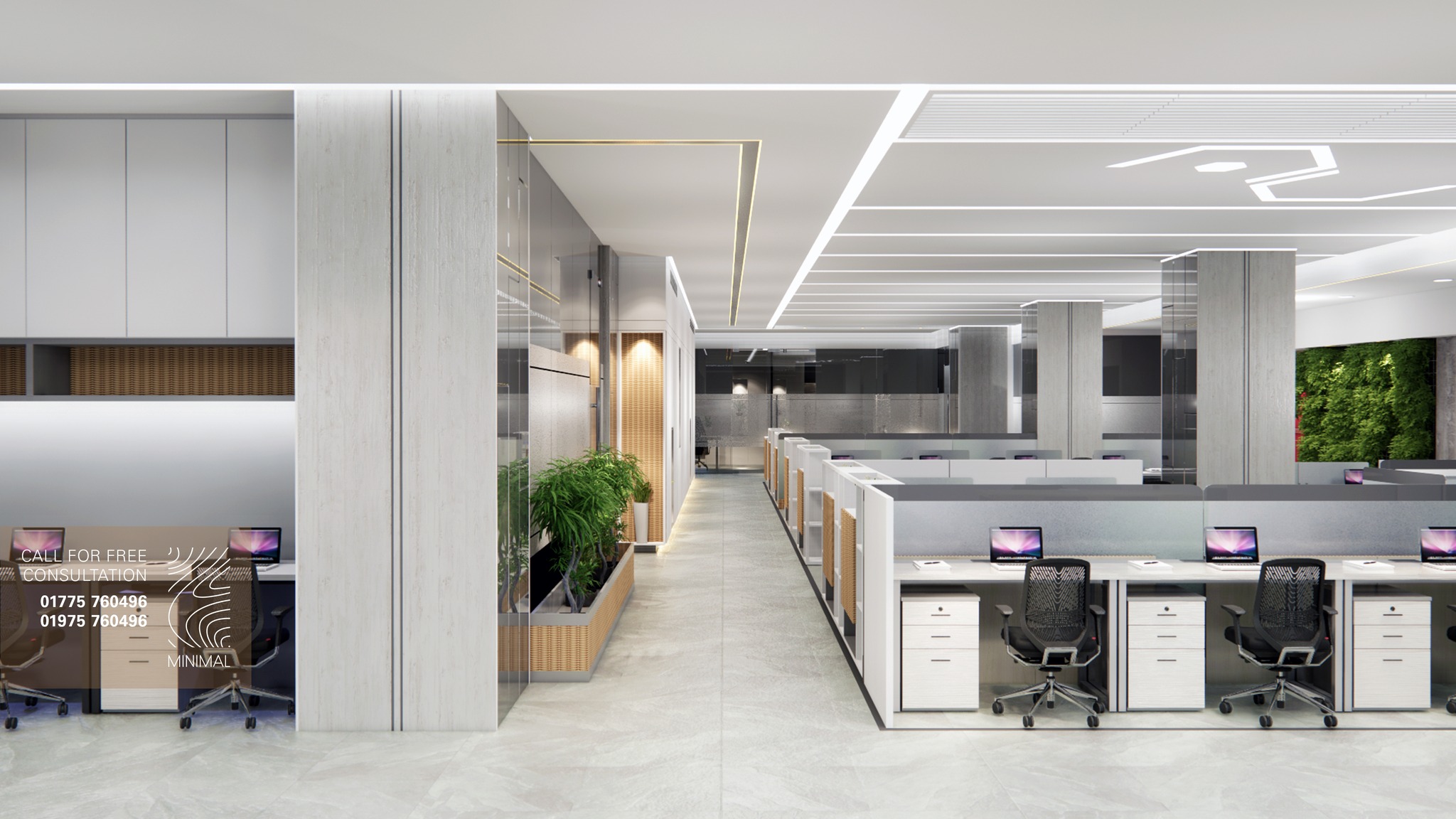“Today we use the term neuroarchitecture to describe how the brain and body behave in the house,” says Eve Edelstein, one of the pioneers of neuroarchitecture. Every place we go has an effect on our senses and perceptions, thoughts, emotions, and behaviors since we breathe the air we see, hear, and feel.”
Science can help you to create a healthy home by providing you with information on the science of home building. It is possible to incorporate the ideas into your home in a variety of ways.
1. Allow yourself to relax.
Architect and urban designer Itai Palti, leader of London’s Hume, argues that we live in an overworked and overstimulated society. But w e have control over how much stimulation we get in the comfort of our own homes.
He advises generating a sense of calm in your house. “Create spaces free of digital distractions,” he advises people. It may be a hobby room or a balcony where you can grow your own food.
“Design around people, not the TV,” says Edelstein. The best way to get the most out of your study time is to choose a place with plenty of natural light where you can concentrate quietly.
2. It’s bright!
The body’s natural rhythm depends on exposure to sunlight. Edelstein says that natural light is more powerful than electric light. “First, think about how you want your home to be lit, then think about how you want your furniture and window coverings to block out the morning sun, summer heat, and winter gloom.
It’s important to keep in mind the soothing and energizing effects of having a view, advises Edelstein.
Make the most of natural light by placing your largest windows in rooms that see the most action throughout the day, such as the kitchen. To get the most out of your home office, situate your desk near a window.
3. Take a deep breath and loosen up.
The importance of limiting ambient light cannot be overstated.
Edelstein shows that our circadian rhythms depend on the balance between light and darkness. There is a constant stream of light from smartphones and laptops into our homes and communities, causing us to sleep with our screens on all night long.
Palti says that a good circadian rhythm is dependent on not being exposed to blue light or having too much light in the evening.
Layered lighting with lights and dimmer controls may be used to create a relaxing atmosphere at night. Use light-blocking drapes to keep your bedroom screens closed.
4. The noise level should be reduced.
Edelstein believes that sound has an impact on our well-being and that this effect changes through time. Psychoacoustics tells us that a sound that is pleasurable to one person may be unappealing to another at the same time.
We may utilize various absorptive and reflective materials in our homes to help us concentrate, communicate, or relax.
Sound may be absorbed by soft materials and artwork in quiet areas.
5. Involve Yourself with Nature.
The fluttering of leaves or the shimmering of water is so calming, and why do people spend more money on homes with beautiful views? ” He inquires, per Edelstein.
The biophilia theory, proposed by Edward O. Wilson in the 1980s, explains this. Palti quotes that hospital patients with natural views recovered faster.
At home, this may be utilized by interacting with real-life objects. Create a green-viewing house by including windows and other natural components.
6. Be aware of your surroundings.
Even if you live in a little place, you may still enjoy the benefits of a large open area.
Rather of focusing on the space’s size or openness, construct a room that seems large and works efficiently. As a result of its layout and the use of glass, this kitchen provides a connection to the outdoors.
7. Make things easier for yourself.
You may be inspired to clean your home by scientific evidence. Research by Joseph Ferrari and Catherine Roster shows that individuals who live in crowded homes are less happy.
This plays on cognitive stress and overstimulation, explains Palti.
When planning your house, prioritize storage. Declutter first, then arrange storage to fit your requirements.









